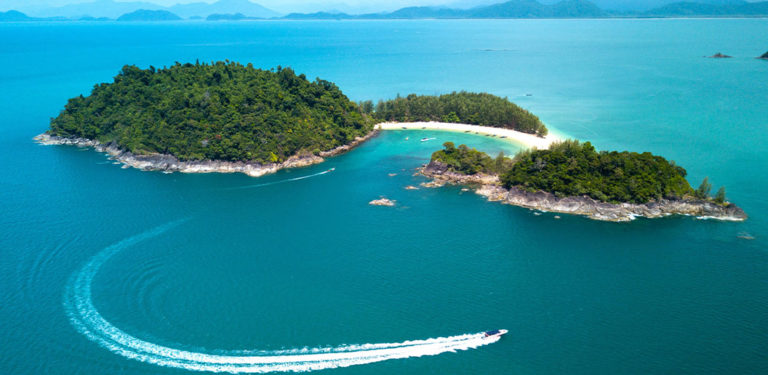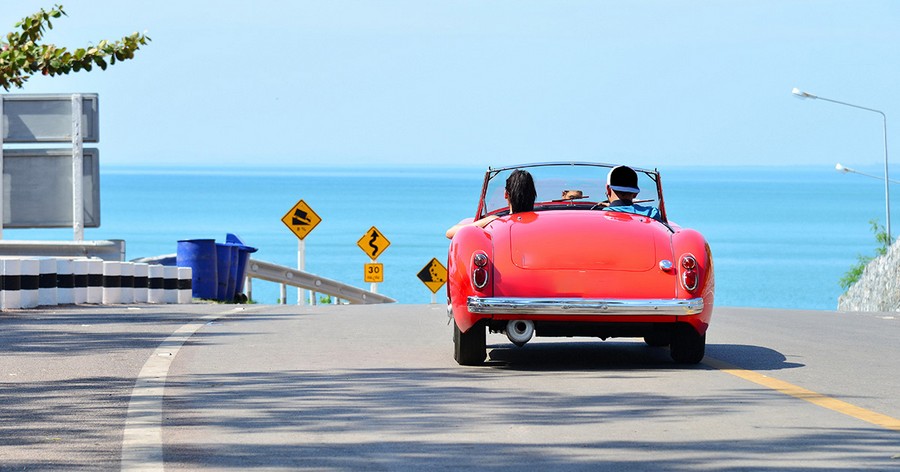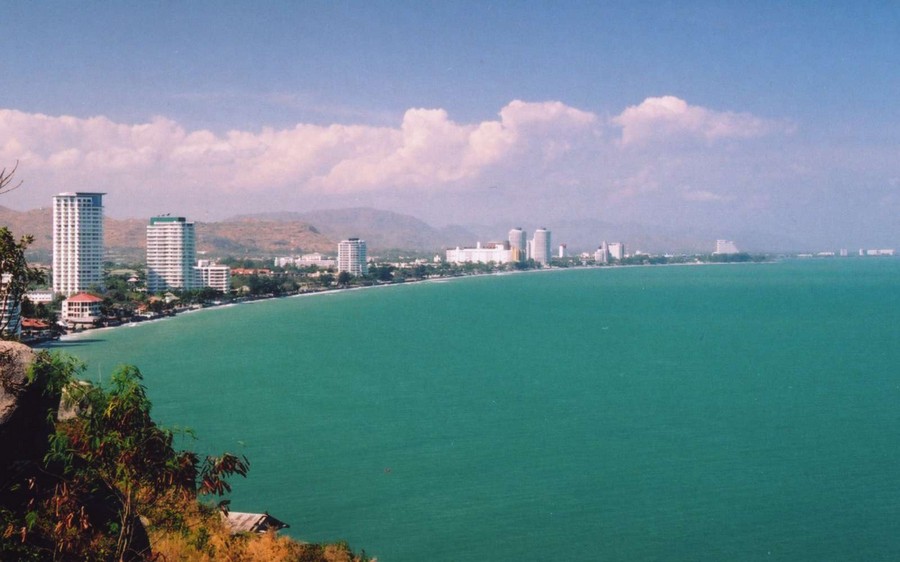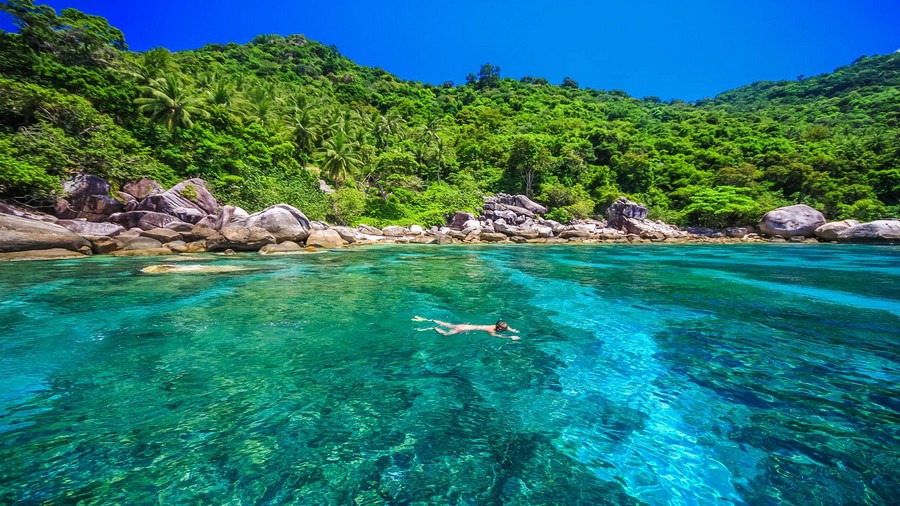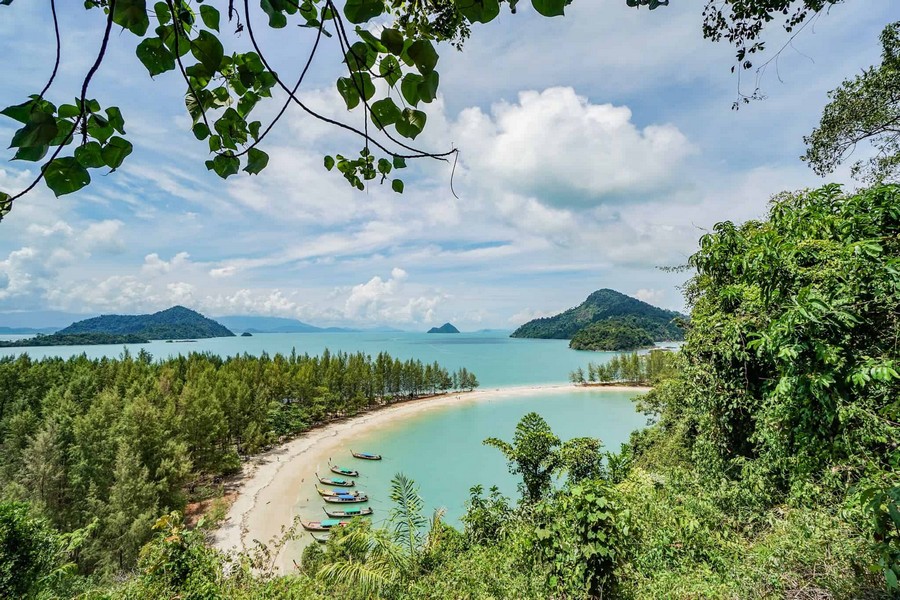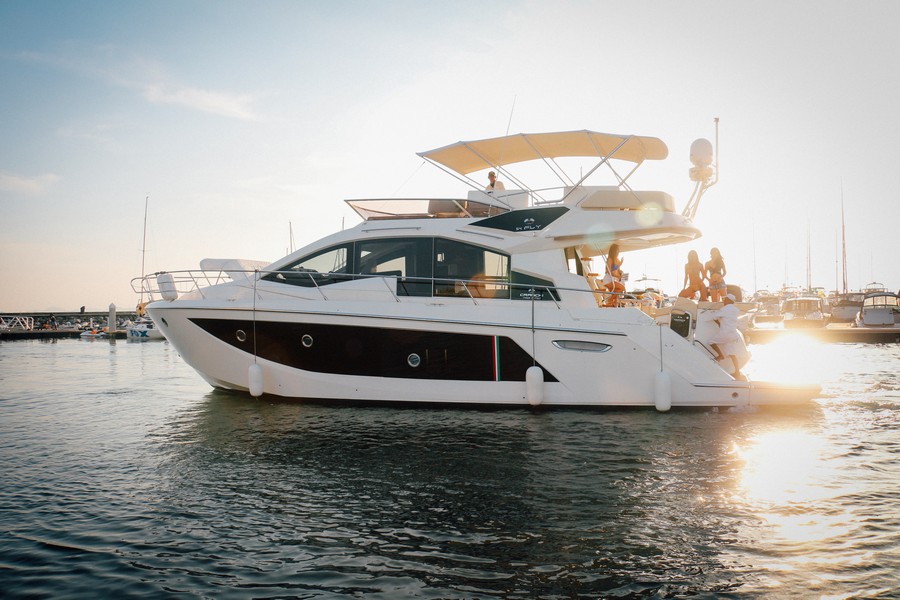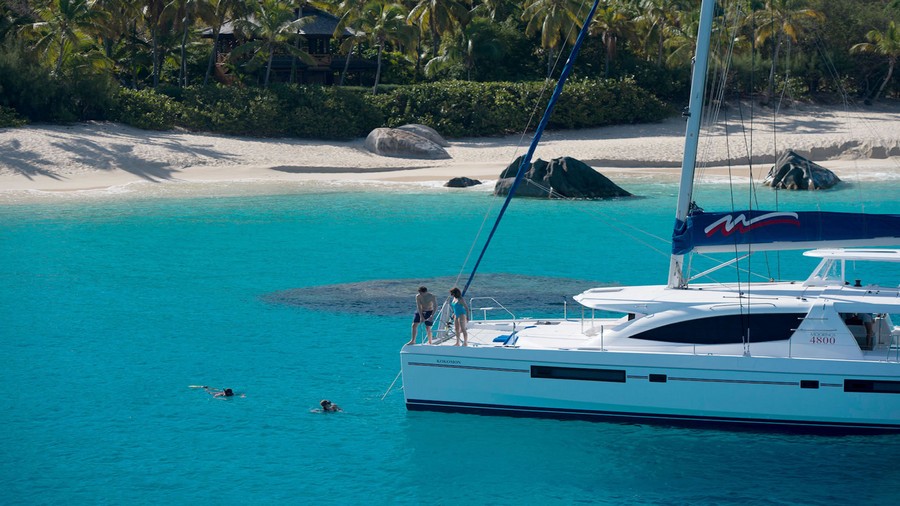The word ‘riviera’ conjures images of palm-fringed beaches, clear blue skies, magnificent hotels, unique dining and entertainment, yachts hugging marinas and perhaps even glamorous casinos. A playground for the rich and famous, or those who aspire to those heights. It speaks to an exceptional climate, comfort, and a sought-after quality of life.
An Italian word, riviera, evolves from the Latin Riparia, meaning “shore.” The subtropical Mediterranean coastline from Cannes in southern France to La Spezia in Italy are the original Rivieras attracting travellers since the 19th century.
Riviera has acquired a widely accepted meaning in our collective conscience, and at last count, there are more than two dozen “rivieras” in the world. You will find an Albanian, Brazilian, Mexican, and even a Chinese Riviera. The success of such regions is held together by well-developed tourism strategies and structures. Now it is Thailand’s turn!
“Riviera Thailand” became a reality in March 2018 when the Thai Cabinet announced a 20-year master plan covering short, medium and long term tourism development plans encompassing Phetchaburi, Prachuap Khiri Khan, Chumphon, and Ranong Provinces. The concept focuses on developing land and marine-based sustainable tourism activities and strengthening the economy of secondary cities and communities within these regions.
With road and rail transportation as the model, development projects focus on quality, standard transportation routes, giving tourists easy access to communities and attractions within these regions. “Riviera Thailand” is hoped to present a distinctive image. One focused more on the high-end travellers in the global market, looking to explore more unique and emerging regions of Thailand’s tourism offer.
Three zones were laid out under the original Riviera Thailand concept, first proposed by the Thaksin Shinawatra administration in 2004. The first features high-end attractions within 50 km of Hua Hin airport. The second concerns the natural tourism spots within 100-200 km of Prachuap Khiri Khan. The third concerns areas for water activities between Prachuap Khiri Khan and Chumphon. Chumphon being the northern gateway to Ko Tao, Ko Pha Ngan, Ko Samui, and that region’s Marine National Parks.
Projects under the current government’s plan involve constructing a 680 km road along the coastline, including bike lanes, connecting the northern gulf coast regions just south of Bangkok through to Ranong on Thailand’s west coast. Projected to be completed in five years, government sources suggest about 200 kilometres of the road is finished with a further 49 km stretch under construction.
Meanwhile, the 420 km dual-track railways from Nakhon Pathom (immediately west of Bangkok) to Chumphon is well underway. Indeed, the new lines and required additional infrastructure from Nakhon Pathom to Prachuap Khiri Khan is already 85% complete. Prachuap Khiri Khan to Chumphon is slightly behind schedule though still at 70% completion. The State Railway of Thailand (SRT) expects to have the line fully operational by January 2023.
The new dual-track trains are expected to travel at approximately 160 km/h, meaning people can easily reach Hua Hin from Bangkok’s soon to open Bang Sue Grand Central Station in less than three hours. Significantly improving on current travel times of 5-6 hours or more. Travelling on to Prachuap Khiri Khan and Chumphon will also be a breeze. Train travel south from Bangkok will soon become more appealing and present a desirable and hassle-free alternative to road travel with similar travel times.
Ultimately the dual-track train lines will extend from Chumphon to Surat Thani, Songkhla and then onto Padang Besar on the Malaysian border. A fast, efficient and comfortable overnight train trip from Bangkok to the Malaysian border will soon be a happy reality.
Hua Hin’s airport is also seeing significant investment with the widening of the runway to allow narrow-body jets, such as the Airbus A320 and Boeing 737, to operate out of the airport. A new taxiway will accommodate five of these aircraft types simultaneously. Additionally, the already under construction new passenger terminal would allow the airport to handle a maximum of 900 passengers an hour, equivalent to 2.6 million annually.
Post-COVID, the resumption of domestic flights plus the potential for short-haul international flights becomes much more manageable. Further expansion is planned, which would open Hua Hin airport to longer international flights (4 to 7 hours) in the SE Asian region.
Suitable though under-utilised infrastructure for the cruising yachts, recreational and commercial marine tourism is already established. Racer Marina in Pranburi, just south of Hua Hin, and Chumphon Marina in the Chumphon province provide modern facilities in anticipation of this aspect of Riviera Thailand gaining momentum.
It could be said that Riviera Thailand is a grand and perhaps overly ambitious project. With natural attractions including seven highly valued National Parks within the region, and a coastline boasting an abundance of bays and glorious beaches, many free from any tourism development, there is a lot of ‘raw’ potential.
Quality resort and tourism infrastructure, especially between Cha-Am and the coastal region of Sam Roi Yod just south of Hua Hin, already welcome domestic and international visitors. Recreational facilities, including eight international standard golf courses, add to Hua Hin’s long list of pluses. Not to mention modern shopping and medical facilities, it is hard to pinpoint what’s missing.
It may be challenging to imagine Riviera Thailand ever matching the international appeal and pull of the French or Italian Riviera. Nonetheless, with the already planned infrastructure coming to fruition in the next few years plus excellent already established facilities centred around Hua Hin, along with the ‘raw’ potential of the coastal communities south to Chumphon and across to Ranong, Riviera Thailand could prove to be an exceptional playground in its own right in coming years.

By Michael Cullen, Lazudi Blog
Courtesy Lazudi.com


